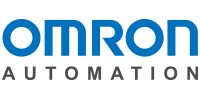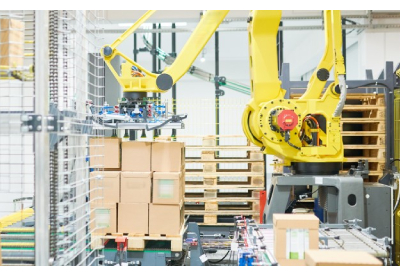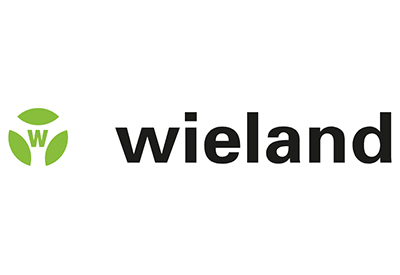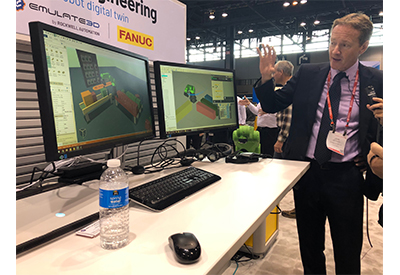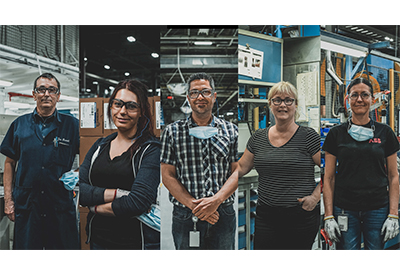Three Ways Omron’s Robotic Integrated Controller Helps You Manage Complexity
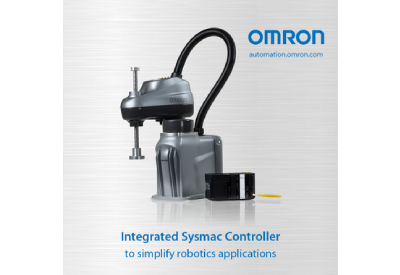
February 14, 2022
Robotic solutions can dramatically sharpen your competitive edge as a manufacturer, but they can also introduce more complexity into your operations. To address this issue, Omron has recently introduced their most full-featured machine automation controller to date that is ideal for complete robotic cells, high-speed motion systems, material handling, and multi-robot systems. Omron’s integrated robotic controller gives you the choice of 16, 32 or 64 controlled motion axes, the option to incorporate SQL database connectivity, and an easy way to support multiple connected robots. This article will look at how this solution works well for even the most complex applications.
1. It makes it much easier to integrate multiple devices.
Integrating various automation devices together – particularly those from different manufacturers and multi-robot systems – is often a complex, time-consuming, and costly task. Furthermore, the resulting system performance is typically less than optimal due to “handshaking” logic and communication lags that reduce throughput.
Omron’s integrated controller’s single hardware platform (which controls robotics, motion, safety, I/O, and logic for an entire work cells or system) provides a simplified architecture that shortens installation time, reduces costs, supports faster troubleshooting, and yields superior performance.
2. Its software suite is exceptionally user-friendly.
Connected components that include robotics, motion, vision, safety, I/O and more can be easily accessed and programmed through Omron’s user-friendly Sysmac Studio software. Sysmac Studio is designed to give machine developers complete control from a single environment by integrating configuration, programming, simulation, and monitoring in a simple interface.
If you have a preferred method of robot programming, you’ll appreciate the options that Omron’s integrated controller provides. If you’re familiar with function block programming, it lets you use IEC-61131-3 function blocks, and if you prefer “robot code,” then you can program your connected robots in Omron’s eV+ programming language.
3. It lets you visualize your machine in 3D remotely or even before it’s built.
Being able to visualize your machines from a remote location opens up more options for troubleshooting and proposing design improvements. If you can tap into expertise around the world, you can get repairs and improvements implemented much more quickly than would be possible if an expert needed to be onsite.
Omron’s integrated controller supports remote accessibility and 3D visualization of robot mechanisms and entire machines for remote observation or design-stage simulation. The 3D visualization functionality is part of their single software package.
To learn more, visit the dedicated product page by clicking here


